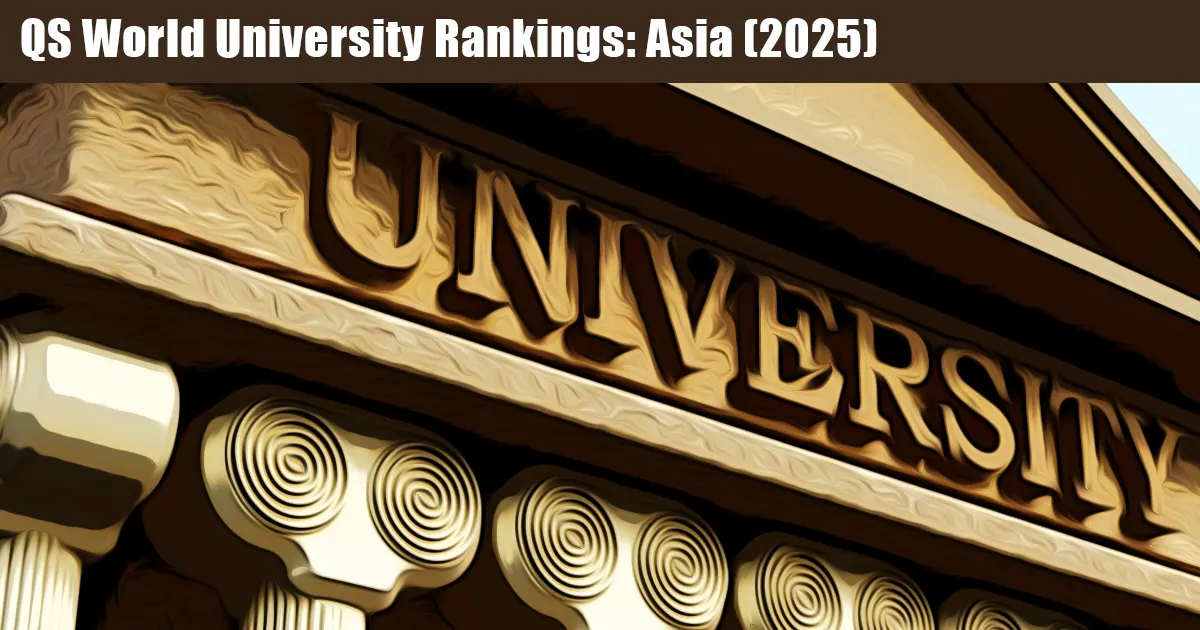
Context: The QS World University Rankings for Asia 2025 included 984 institutions from Eastern, Southern, South-Eastern, and Central Asia. India emerged with the highest number of ranked institutions, underscoring its rapidly advancing higher education landscape. Notably, India occupies seven of the top ten positions in Southern Asia.
India’s Standing in the Top Tiers
- Top 50: Two Indian institutions feature in the top 50:
- IIT Delhi (44th)
- IIT Bombay (48th)
- Top 100: Five more Indian institutions made it to the top 100:
- IIT Madras (56th)
- IIT Kharagpur (60th)
- Indian Institute of Science (IISc) (62nd)
- IIT Kanpur (67th)
- University of Delhi (81st)
- Top 150: Additional Indian institutions ranked in the top 150 include:
- IIT Guwahati, IIT Roorkee, Jawaharlal Nehru University
- Chandigarh University (120th)
- University of Petroleum and Energy Studies (UPES) (148th)
- Vellore Institute of Technology (VIT) (150th)
Noteworthy Achievements by Indian Institutions
- University of Petroleum and Energy Studies (UPES): Achieved a notable improvement by climbing 70 ranks to 148th.
- University of Delhi: Moved up from 94th to 81st, earning a 96.4% score in the International Research Network.
- Anna University: Scored a perfect 100 in Papers per Faculty, highlighting high research productivity.
- North Eastern Hill University and the University of Agricultural Sciences, Bangalore: Both attained a score of 100 in the Faculty-Student Ratio, indicating exceptional academic quality.
Growing Presence of Indian Institutions
In the 2025 rankings, 46 Indian institutions were included, compared to just 11 in 2015. This 318% increase over the last decade among G20 nations reflects the expanding influence and development of Indian higher education on the global stage.




